Washington D.C., Nov 03, (V7N) - With just two days until Election Day on November 5, the campaign trail is buzzing as both Vice President Kamala Harris and former President Donald Trump make their final pushes to sway voters in key battleground states. This closing weekend is crucial, especially given the razor-thin margins in polls across several swing states that could ultimately determine the presidency.
Kamala Harris’s Campaign Stops
Harris is focusing her efforts in the South, where she has rallies scheduled in Atlanta, Georgia, and Charlotte, North Carolina. In Atlanta, she is not only rallying support but also aims to energize young and undecided voters with a star-studded event featuring director Spike Lee and performances from popular artists like 2 Chainz and Monica. The goal is to create an atmosphere of excitement and urgency, emphasizing the need for every voter to make their voice heard in this pivotal election.
In Charlotte, Harris will continue her efforts to mobilize voters, aiming to reinforce her message about addressing the cost of living and ensuring equitable access to healthcare. This is particularly important as polling shows her leading by a slim margin in North Carolina, a state she must secure to maintain her path to victory.
Harris’s appearance on "Saturday Night Live" adds an additional layer to her campaign strategy, aiming to reach a broader audience through entertainment. This appearance is expected to not only draw attention but also to resonate with younger voters who might still be undecided. The choice to engage with pop culture highlights the importance of accessibility in political discourse, particularly as both candidates seek to connect with a diverse electorate.
Donald Trump's Campaign Strategy
On the other side, Trump is concentrating his efforts in North Carolina and Virginia. He kicked off his day in Gastonia, North Carolina, where he emphasized themes of resilience and strength. His rally featured rhetoric that plays on nationalistic sentiments, referring to the U.S. as an "occupied country" and promising to end what he calls the "migrant invasion" upon taking office. These messages resonate with his base and reflect a strategy aimed at rallying supporters who feel threatened by changing demographics and policies.
After his North Carolina stop, Trump headed to Salem, Virginia, where he continued to focus on issues of immigration and social values. By calling attention to local issues, like recent controversies over voting rights, Trump aims to energize his supporters in a state that has leaned Democratic in recent years but is still seen as winnable. His remarks about transgender athletes, accompanied by local swim team members who oppose the inclusion of trans women in women's sports, are part of a broader strategy to appeal to conservative voters concerned about gender issues.
Despite the state’s recent history of supporting Democratic candidates, Trump’s confidence in winning Virginia reflects a belief in his ability to shift voter sentiments in key demographics. He pointed out that winning Virginia is crucial for his overall electoral strategy, emphasizing its importance in a tight race.
Key Figures and Endorsements
The involvement of key political figures adds weight to each candidate's campaign. Jill Biden is campaigning in Georgia, highlighting the Biden administration's accomplishments and rallying support for Harris. She emphasizes the importance of early voting and the relief measures enacted during the COVID-19 pandemic. By framing the election as a choice between progress and chaos, she aims to solidify Democratic support.
Former President Barack Obama is scheduled to appear in Wisconsin, a critical swing state where the race is neck-and-neck. His presence is intended to galvanize support and encourage turnout, particularly among younger and minority voters who might be swayed by his influence. The Harris campaign sees these surrogates as essential in reaching undecided voters and ensuring that the campaign's message is reinforced at multiple levels.
Polling and Voter Turnout
As Election Day approaches, polling indicates a tight race in key states like Pennsylvania and Michigan, where Harris and Trump are nearly tied. In North Carolina, some polls suggest Trump holds a slight edge, making it a critical state for both candidates. With women making up a significant portion of early voters—around 53% compared to 44% men—the Harris campaign is optimistic about their turnout strategy, particularly as women tend to favor her over Trump.
Harris’s campaign has been actively encouraging early voting, recognizing its importance in a close election. Reports indicate that early voting has been strong among women and younger voters, suggesting a possible advantage for Harris. This demographic shift could play a crucial role, especially in battleground states.
Addressing Misinformation
With potential challenges surrounding misinformation and voting rights, both campaigns are on high alert. Misinformation about voter fraud and election integrity has been rampant, and election officials are working to combat these narratives. The Harris campaign has praised recent judicial rulings that protect voters' rights, framing these victories as evidence of a functioning democracy despite Trump’s repeated claims of electoral fraud.
The focus on misinformation highlights the critical role social media plays in shaping public perception during elections. Both campaigns are aware that misinformation can influence turnout and voter behavior, so efforts to clarify facts and ensure transparency are ongoing.
Weather Concerns on Election Day
Looking ahead to Election Day, weather forecasts predict a mixed bag across the country. While much of the nation is expected to experience mild conditions, some regions, particularly in the Midwest, may face rain or even snow. Historically, adverse weather can impact voter turnout, but experts believe that the anticipated weather will not be severe enough to deter voters in this high-stakes election.
Conclusion
As both candidates make their final pushes before Election Day, the stakes could not be higher. With polling indicating a close race, every rally, speech, and endorsement counts. The strategies employed by Harris and Trump reflect not just their visions for the country but also their understanding of the critical demographics that will shape the outcome. Voter turnout, fueled by enthusiasm, celebrity endorsements, and grassroots mobilization, will ultimately determine who emerges victorious in this contentious election. With three days remaining, both campaigns are working tirelessly to ensure their messages resonate and that their supporters are motivated to vote.



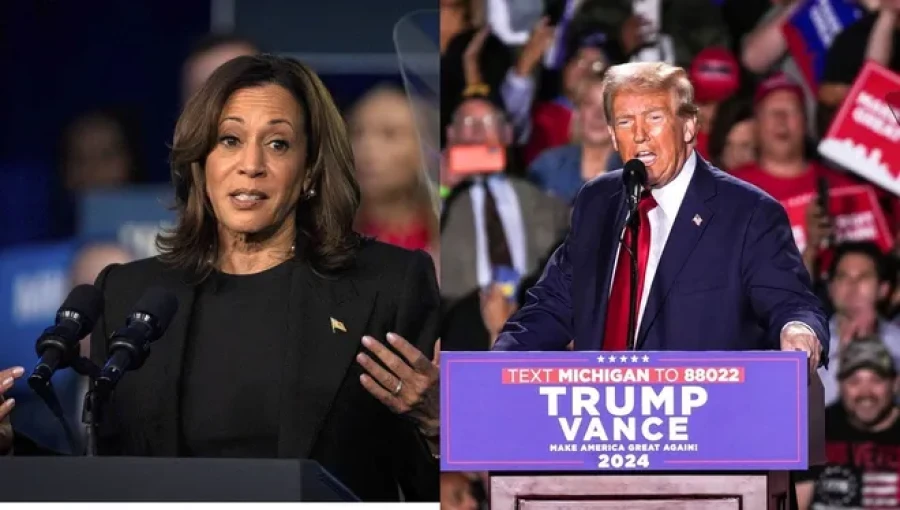







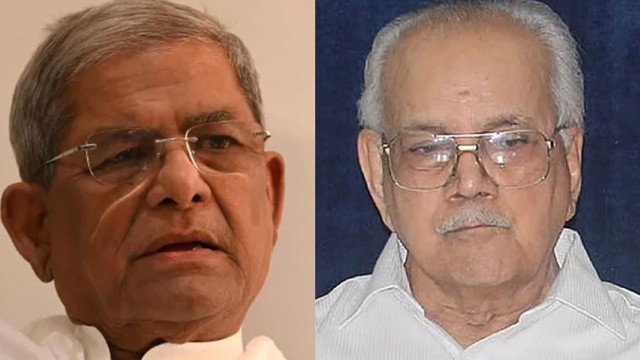
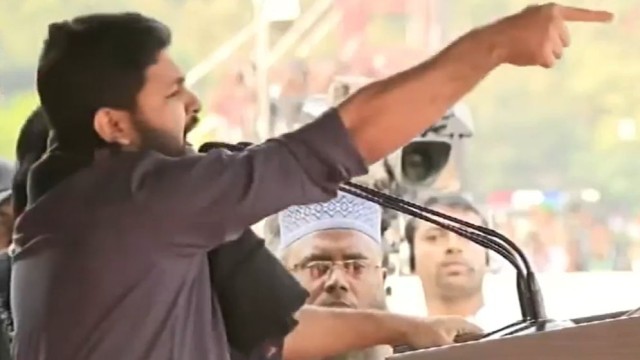
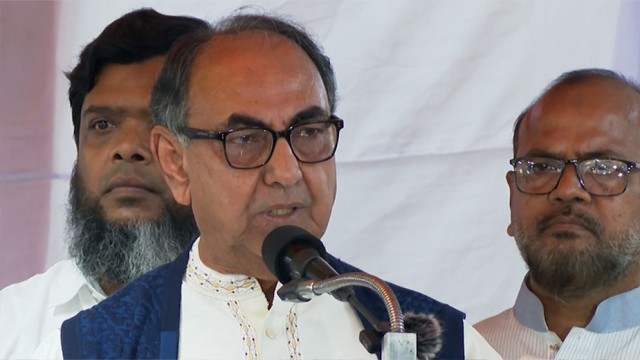
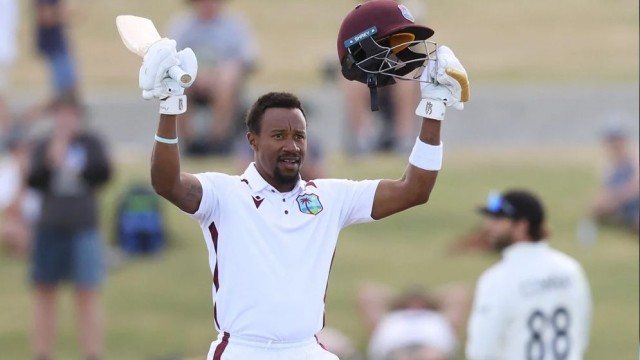
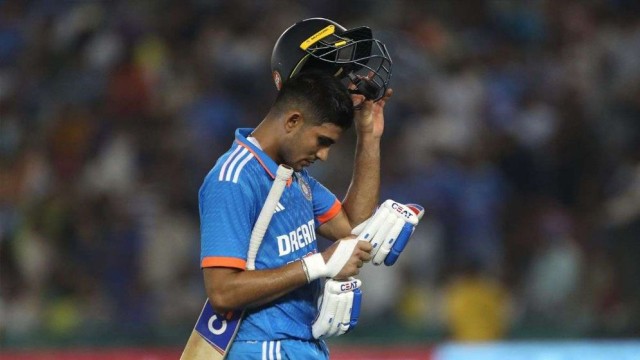
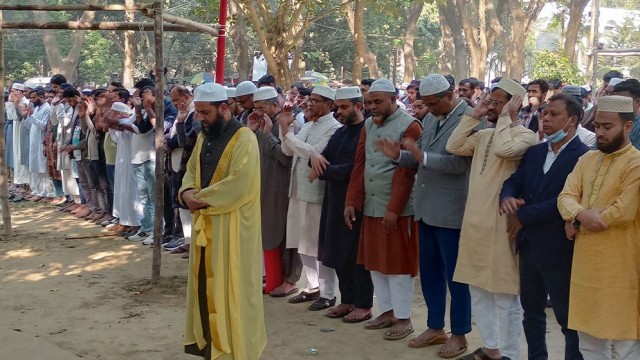
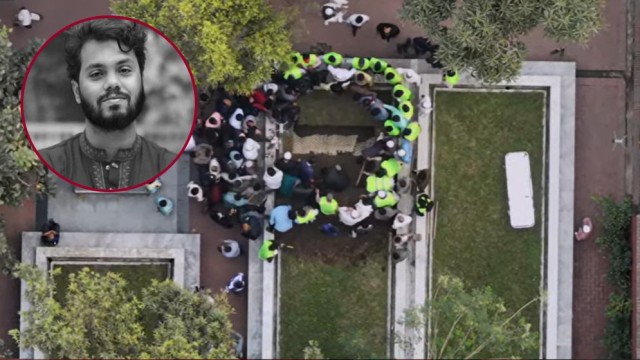

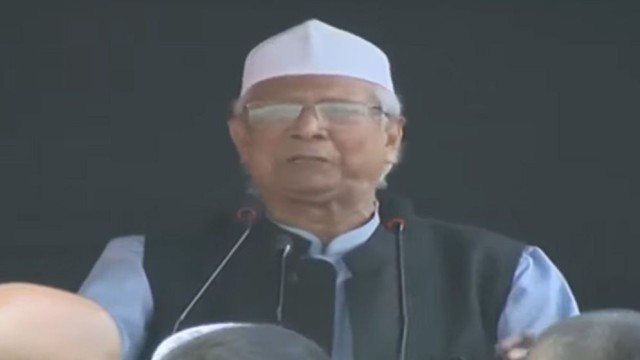



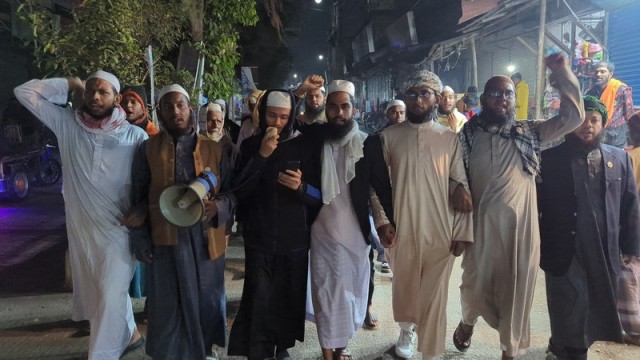


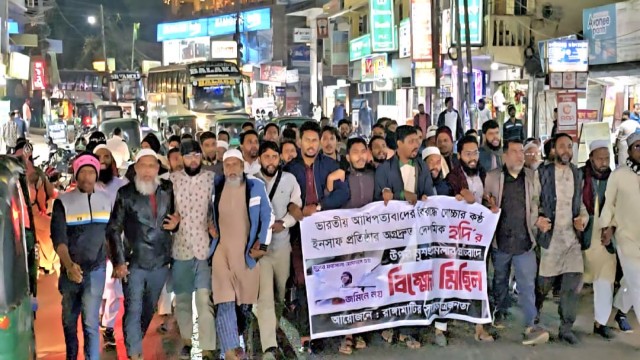

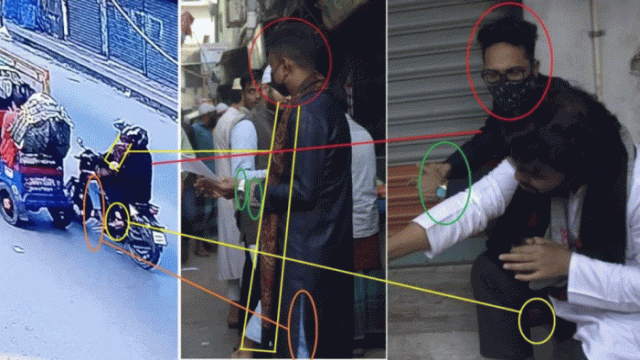
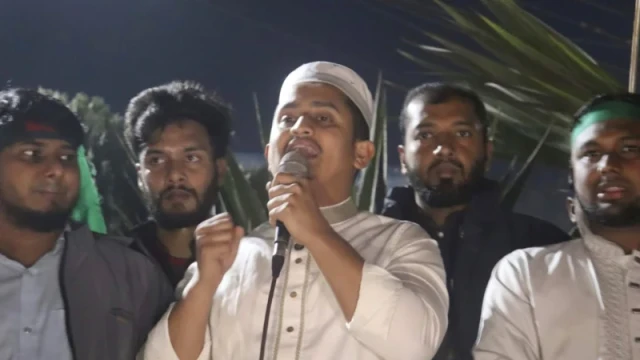

Comment: